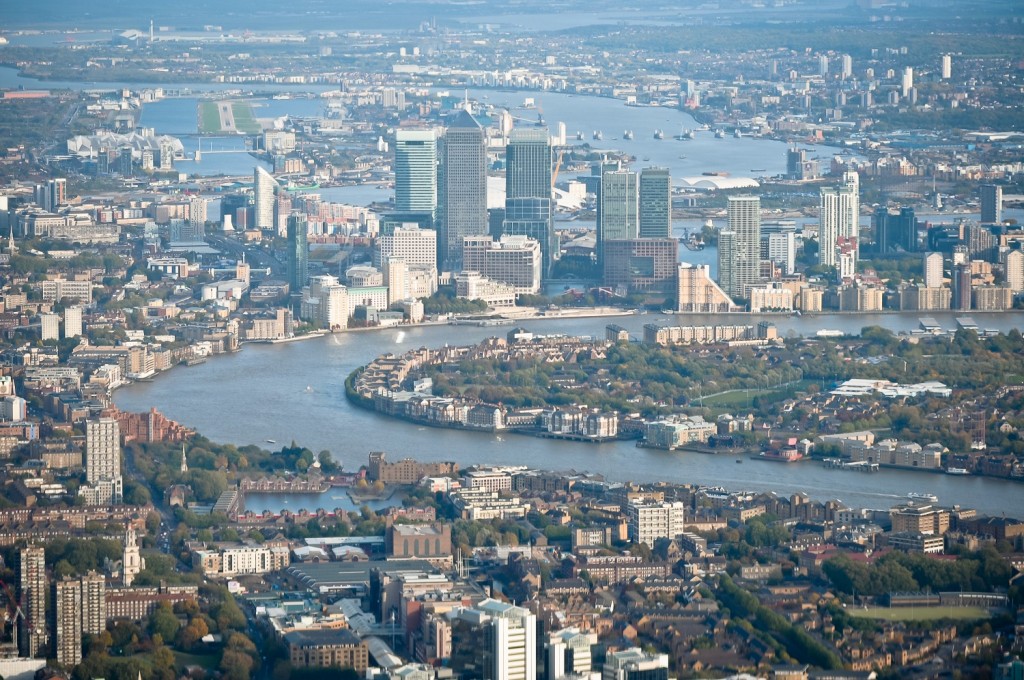A property investment firm has warned that the oversupply of luxury homes in London could suppress yields and prices. London Central Portfolio said that in a market which is heavily saturated with new developments there is a risk to buyers of a substantial oversupply, which could erode prices. Naomi Heaton, chief executive of LCP, said: […]
 A property investment firm has warned that the oversupply of luxury homes in London could suppress yields and prices.
A property investment firm has warned that the oversupply of luxury homes in London could suppress yields and prices.
London Central Portfolio said that in a market which is heavily saturated with new developments there is a risk to buyers of a substantial oversupply, which could erode prices.
Naomi Heaton, chief executive of LCP, said: “Investors are paying a heavy premium for newness which, by implication, has built in obsolescence. At re-sale, units in big schemes which are essentially ‘commodities’ can only compete on price. They are also unlikely to appeal to the international buyer, the driver of the new build market, once they are second hand. These factors make them far less resilient to market pressures such as a global financial crisis.
“In LCP’s opinion, the new-build effect in inner London is likely to take a heavy toll on areas like Battersea to Nine Elms where there is extensive oversupply of new property. With over 22,000 units being built there, a significant softening of prices is likely in the foreseeable future, until the new build premium is eroded and prices come back in line with market averages.”
New research from LCP found that new build flats in Inner London, excluding the most expensive postcodes, were sold at an average price of £659,459 in 2015 compared with £525,307 for older stock, a 25% premium.
This premium can amount to 20% more for units in prime central London, where the average square foot price for a new build stands at £1,701, compared with £1,418 for an older property.
Units in new-builds can also suffer limited re-sale potential once they are no longer new and buyers have moved on to the next marketing phenomenon.
The research found that buyers are also paying over the odds for new-build properties in London, largely due to the excessive costs of marketing the developments.
LCP have tracked the erosion of new build premiums over time. Taking one particularly well known development launched in 2003, LCP’s research found significant suppression in price growth, resulting from the initial sale premium. Price growth lags 26% behind the rest of the market, increasing just 7.3% a year since 2003, compared with the PCL average of 9.3% per annum.
New developments also suffer from far more price volatility. LCP’s research has shown than in 2009, during the global financial crisis, prices in the case study development fell right back to their 2004 level. This compared with the rest of the market, where prices fell just 10% that year and remained 44% higher than their 2004 average.
Heaton said: “The premium pricing of the new build market which tends to get eroded over time also causes major concerns for London’s first-time buyers, being assisted into the market through the new London Help to Buy scheme.
“The marked lag in price growth could result in a bottleneck of first time buyers, unable to trade up, in the coming years. Not only could this have detrimental knock-on effects for normal churn in the property market but it may also impact the Exchequer’s balance sheet, as Government struggle to recoup their 40% loan on sale.”














